This is your controller connector layout, taken from your link:

So it looks like the 5V (red) connectors should be drawing power from the USB interface because there's no external power connector input. Can you use them for you LEDs? Let's see.
First thing to be aware is that there are some current limits in the USB specification. These go as low as 100 mA for a low power device. When an USB device is connected, and prior to configuration, it can only act as a low power device. Once it is configured, it can be allowed to draw current higher than that, but not before (safety feature).
A high power device can draw 500 mA. There also other USB power standards like SuperSpeed (USB 3.x), Battery Charging and USB-C out there than can draw as much as 3 A at 5 V, but I seriously doubt that your controller can configure itself in one of these modes.
So you'll get 500 mA (at most) assuming that your controller can configure itself as a high power device. But this is the first thing that you shold check!
Your 7x 20 mA = 140 mA is beyond the 100 mA limit. This means that you should somehow delay their turn on after the controller configures itself as a high power device. Once it is configured that way, then the current limiting resistor value required for each led is a very simple calculation:
- The current through the resistor must be 20 mA.
- The voltage dropped across the resistor must be the remaining voltage after the diode drop. In this case, 5 V - 3.2 V = 1.8 V.
- The resistor value should be then 1.8 V / 20 mA = 90 Ohm.
- The resistor power rating should be better than 1.8 V * 20 mA = 36 mW. A typical through hole resistor is 1/8 W = 125 mW so it'll be fine.
You can refine this calculation. The USB specification allows a 5% tolerance on the power line. On the other hand, some of your LEDs can drop as low as 3V. The voltage dropped across the resistor will be then 5.25 V - 3 V = 2.25 V. The resistor value should be then 2.25 V / 20 mA = 112.5 Ohm. Select a 120 Ohm 1/8 W resistor and you'll be fine.
As a final note, I would recommend that you consider reduction of the LED current. 10 mA (or even less) might be bright enough for your application, and could help you getting below the total 100 mA mark. That could help simplify your setup (no need to delay the LEDs turn on), or even make it feasible in case your controller is a low power device (hard 100 mA limit). Use a potentiometer to experiment with different brightness/current settings for a single LED, and then set the final value of the resistors accordingly.
